Get ready to witness one of the most breathtaking celestial events of the year – the lunar eclipse of 2024! This rare phenomenon occurs when the Earth’s shadow falls on the moon, causing a spectacular display of light and darkness. In this blog post, we’ll dive into the top 10 facts about the lunar eclipse of 2024, including its causes, effects, and viewing tips.
1. What is a Lunar Eclipse?
A lunar eclipse occurs when the Earth comes between the sun and the moon, blocking the sunlight that normally reflects off the moon’s surface. This can only happen during a full moon, when the Earth is directly between the sun and the moon. The Earth’s shadow falls on the moon, causing the moon to darken and sometimes take on a reddish hue. Lunar eclipses are relatively rare because the Earth, moon, and sun must be aligned in a straight line, which only happens during a new moon or full moon.
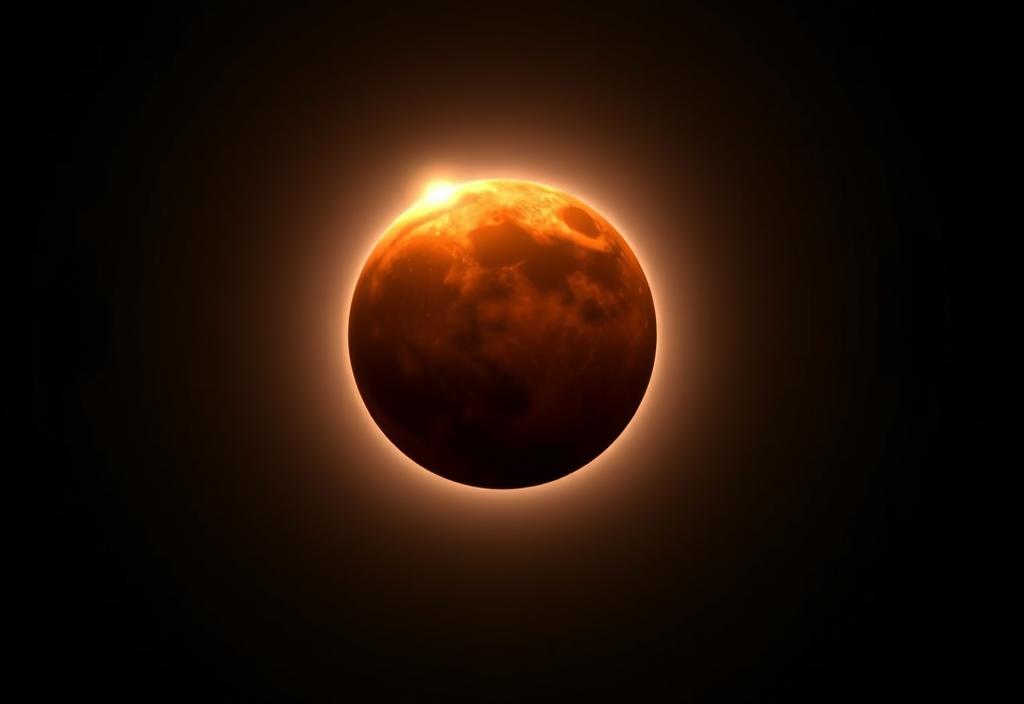
2. Types of Lunar Eclipses
There are three types of lunar eclipses: partial, penumbral, and total. A partial lunar eclipse occurs when the Earth’s shadow only partially covers the moon, while a penumbral lunar eclipse occurs when the moon passes through the Earth’s penumbra, or partial shadow. A total lunar eclipse occurs when the Earth’s shadow completely covers the moon. During a total lunar eclipse, the moon can take on a range of colors, from deep red to orange and even yellow.
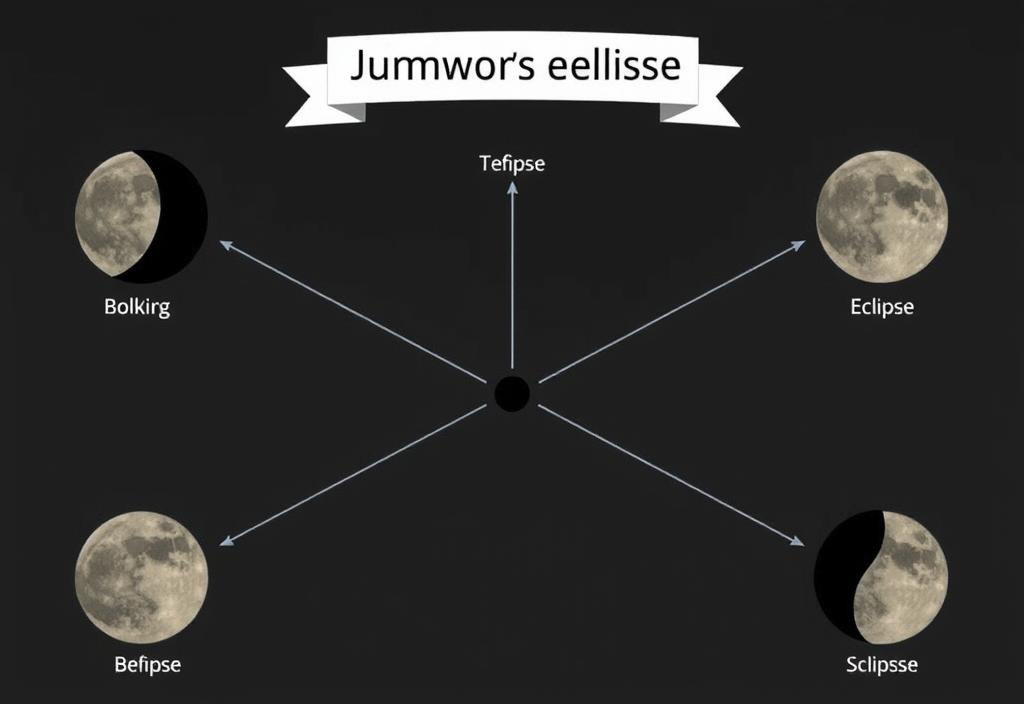
3. Causes of Lunar Eclipses
Lunar eclipses are caused by the Earth’s shadow falling on the moon. This occurs when the Earth is directly between the sun and the moon, blocking the sunlight that normally reflects off the moon’s surface. The Earth’s shadow can be divided into two parts: the umbra and the penumbra. The umbra is the darker inner shadow, while the penumbra is the lighter outer shadow. During a lunar eclipse, the moon passes through the Earth’s umbra, causing the moon to darken and sometimes take on a reddish hue.
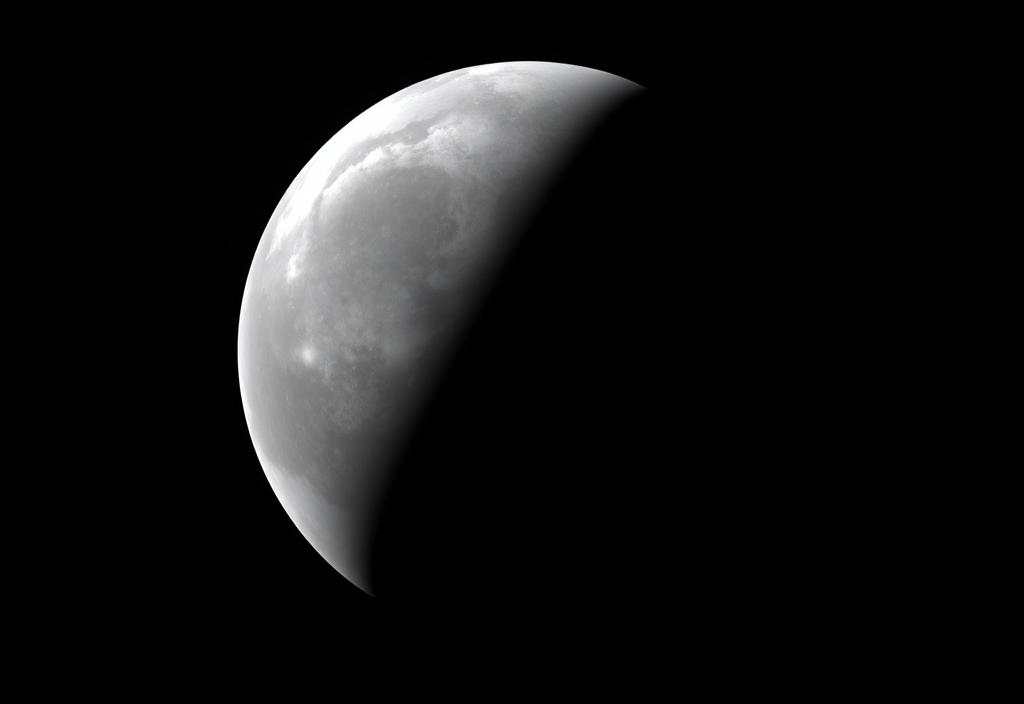
4. Effects of Lunar Eclipses
Lunar eclipses can have several effects on the Earth’s tides and the moon’s surface. During a lunar eclipse, the Earth’s gravity pulls on the moon’s oceans, causing the tides to rise and fall. Additionally, the Earth’s shadow can cause the moon’s surface to darken and cool. The effects of lunar eclipses can be seen in the moon’s surface, with some areas becoming darker and cooler than others. This can also lead to changes in the moon’s geology, with some areas becoming more prone to landslides and other geological activity.
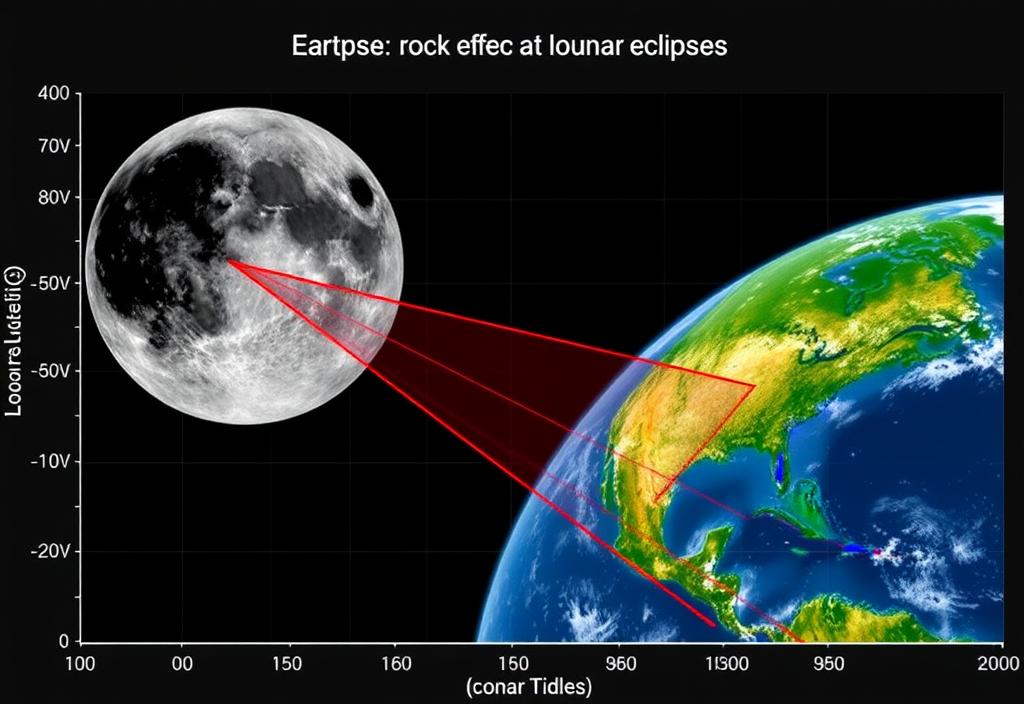
5. Viewing Tips for Lunar Eclipses
To view a lunar eclipse, find a location with a clear view of the moon and a total eclipse. Bring binoculars or a telescope to get a closer look at the moon’s surface. You can also use a camera to capture images of the eclipse. It’s also a good idea to dress warmly, as the temperature can drop significantly during a lunar eclipse. Additionally, make sure to stay safe and avoid looking directly at the moon, as the intense light can cause eye damage.
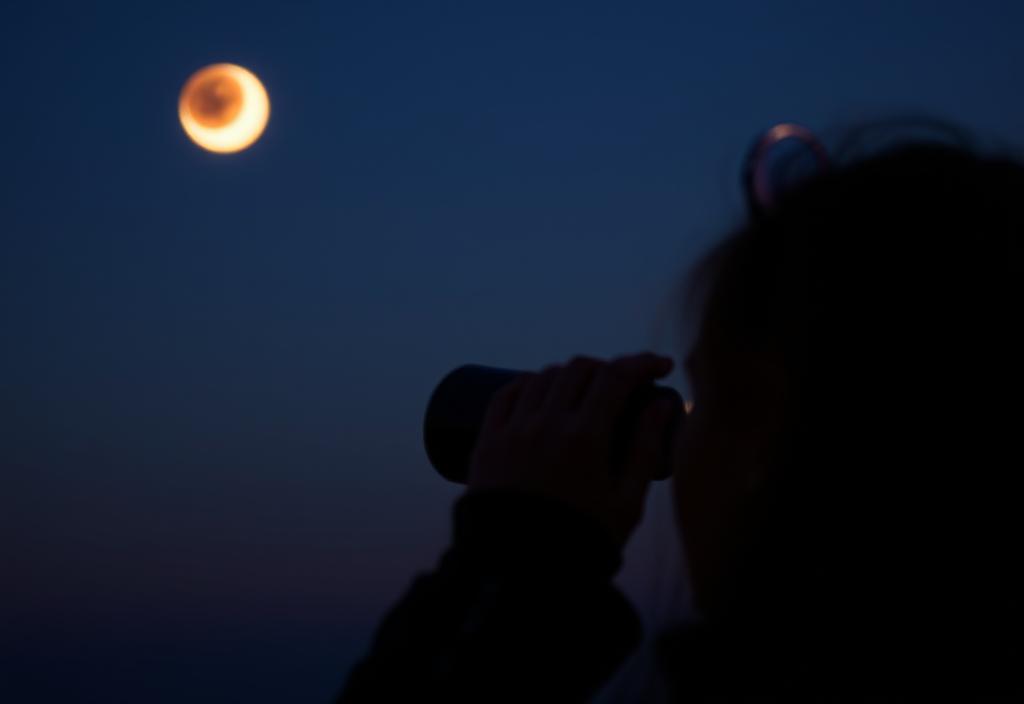
6. Safety Precautions for Lunar Eclipses
When viewing a lunar eclipse, make sure to wear protective eyewear to prevent eye damage from the moon’s glare. Also, be aware of the time and date of the eclipse to avoid confusing it with a solar eclipse. It’s also a good idea to stay away from windows and other reflective surfaces, as the intense light can cause eye damage. Additionally, make sure to follow any instructions given by local authorities or astronomers, as they may have specific guidelines for viewing the eclipse safely.
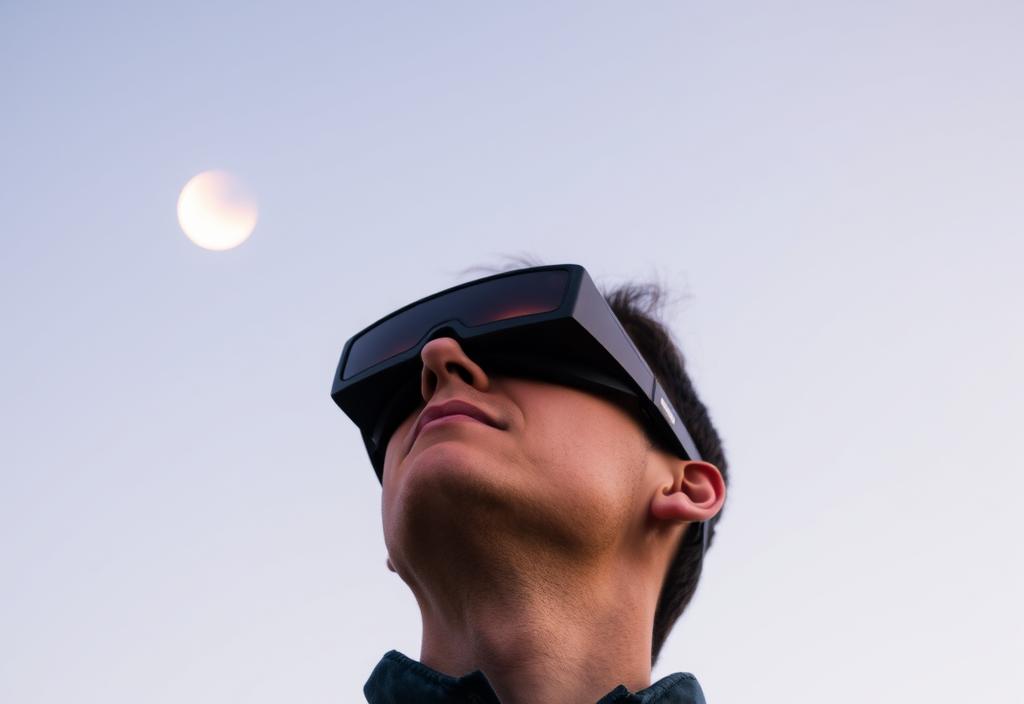
7. Cultural Significance of Lunar Eclipses
Lunar eclipses have been significant to many cultures throughout history. In some cultures, lunar eclipses are seen as a sign of bad luck or a warning of impending disaster. In other cultures, lunar eclipses are seen as a sign of good luck or a celebration of the moon’s power. For example, in some Native American cultures, lunar eclipses are seen as a time for spiritual renewal and growth. In other cultures, lunar eclipses are seen as a time for celebration and feasting.
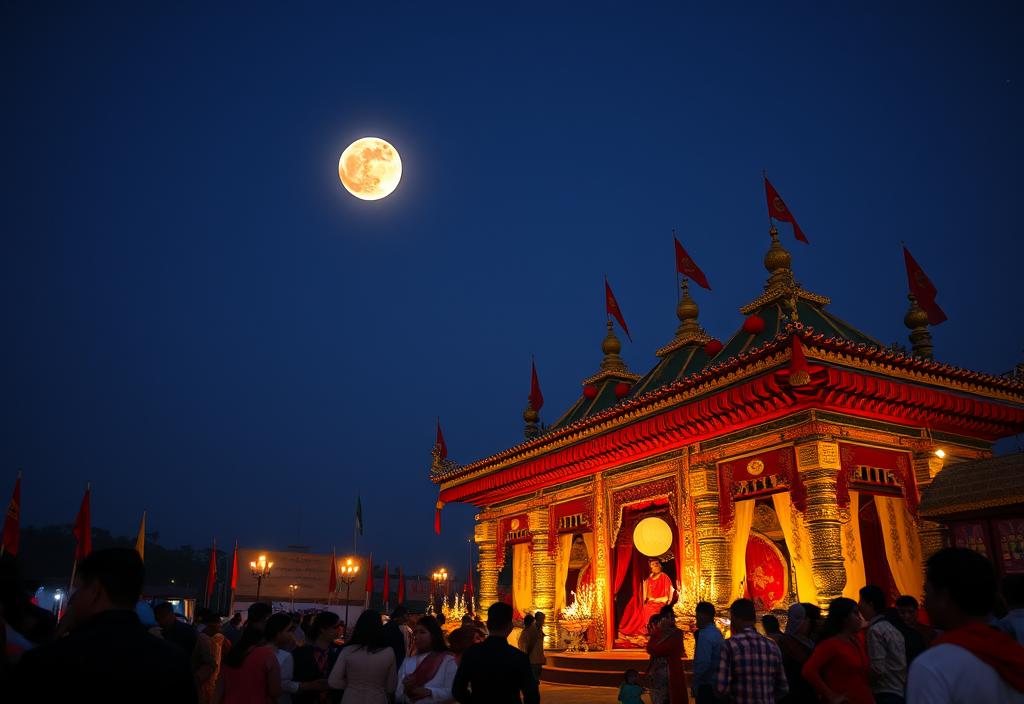
8. Scientific Significance of Lunar Eclipses
Lunar eclipses are significant to scientists because they provide valuable information about the Earth’s atmosphere and the moon’s surface. During a lunar eclipse, the Earth’s shadow can reveal details about the moon’s surface that are not visible during a normal moon phase. Scientists can use this information to learn more about the moon’s geology, composition, and history. Additionally, lunar eclipses can provide valuable data for scientists studying the Earth’s atmosphere, including the temperature, pressure, and composition of the atmosphere.
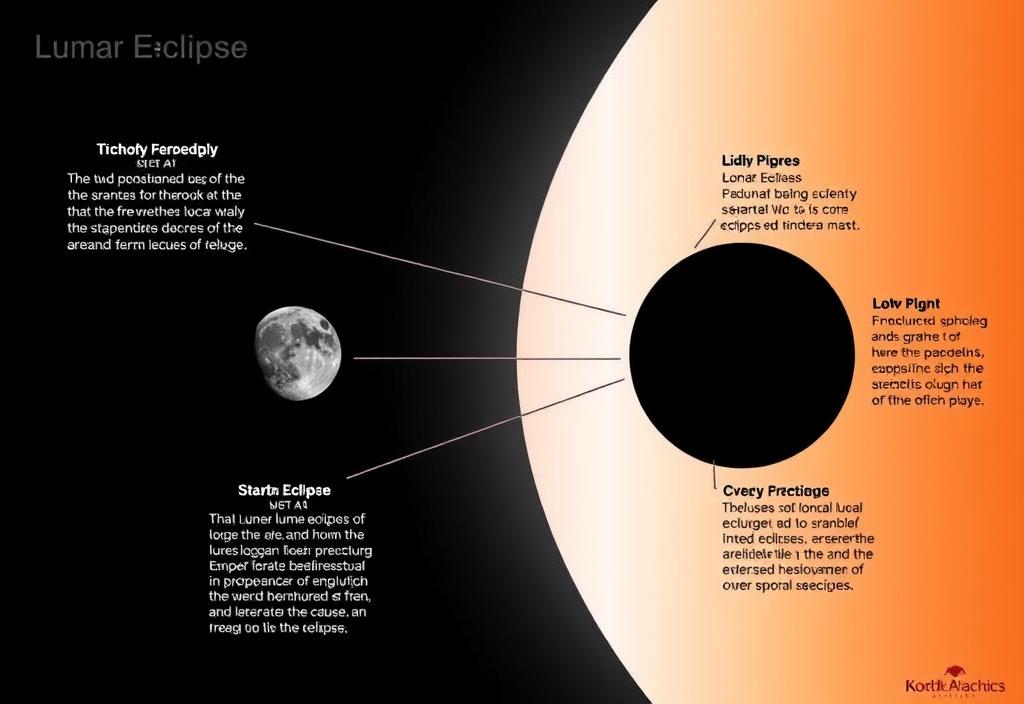
9. Lunar Eclipse Frequency
Lunar eclipses occur about twice a year, but they are not always visible from every location on Earth. The frequency of lunar eclipses depends on the moon’s orbit and the Earth’s shadow. Lunar eclipses can only occur during a new moon or full moon, when the Earth, moon, and sun are aligned in a straight line. This alignment is necessary for the Earth’s shadow to fall on the moon, causing a lunar eclipse.
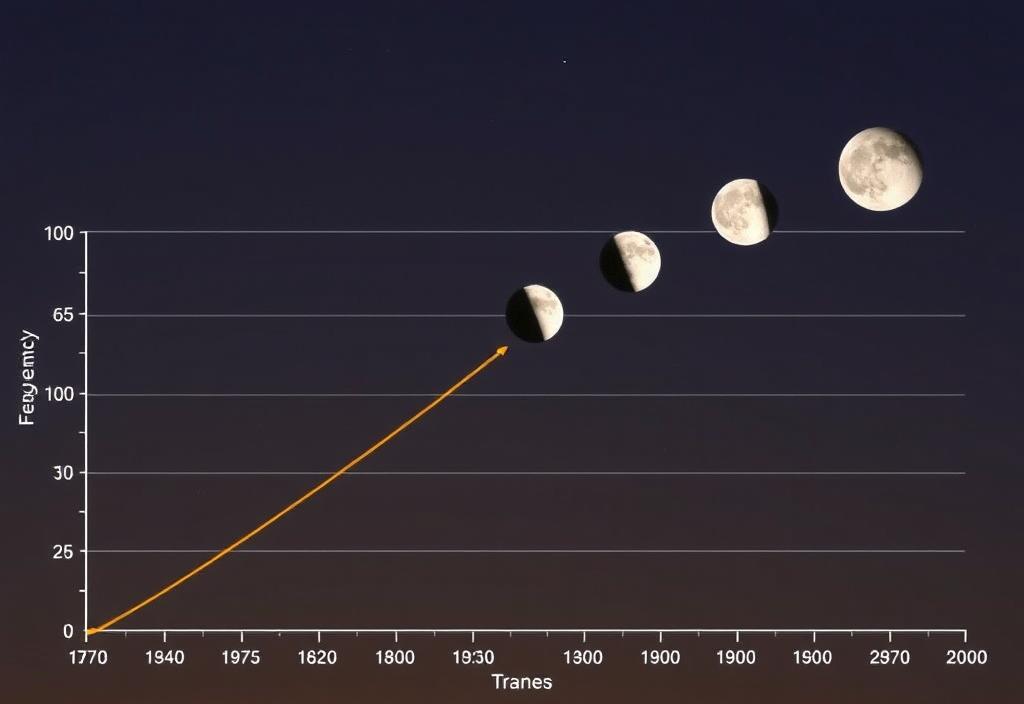
10. Conclusion
Lunar eclipses are a rare and awe-inspiring celestial event that can provide valuable information about the Earth’s atmosphere and the moon’s surface. By understanding the causes, effects, and viewing tips for lunar eclipses, we can appreciate the beauty and significance of this phenomenon. Whether you’re a scientist, astronomer, or simply someone who appreciates the beauty of the night sky, lunar eclipses are an event not to be missed.
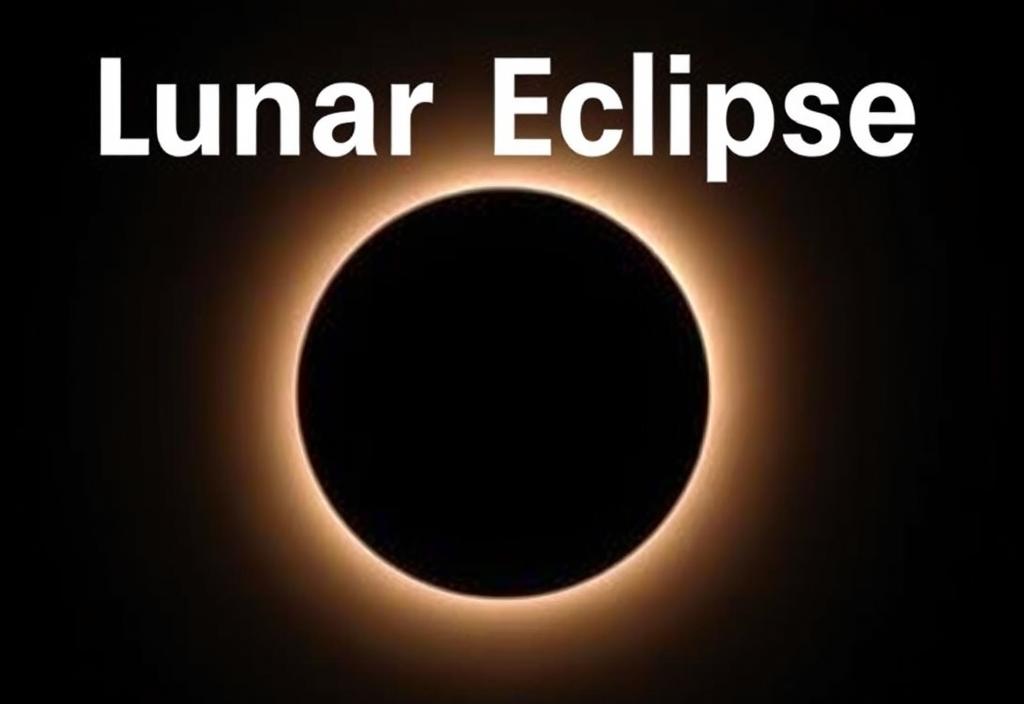
In conclusion, the lunar eclipse of 2024 is a rare and awe-inspiring celestial event that can provide valuable information about the Earth’s atmosphere and the moon’s surface. By understanding the causes, effects, and viewing tips for lunar eclipses, we can appreciate the beauty and significance of this phenomenon.
